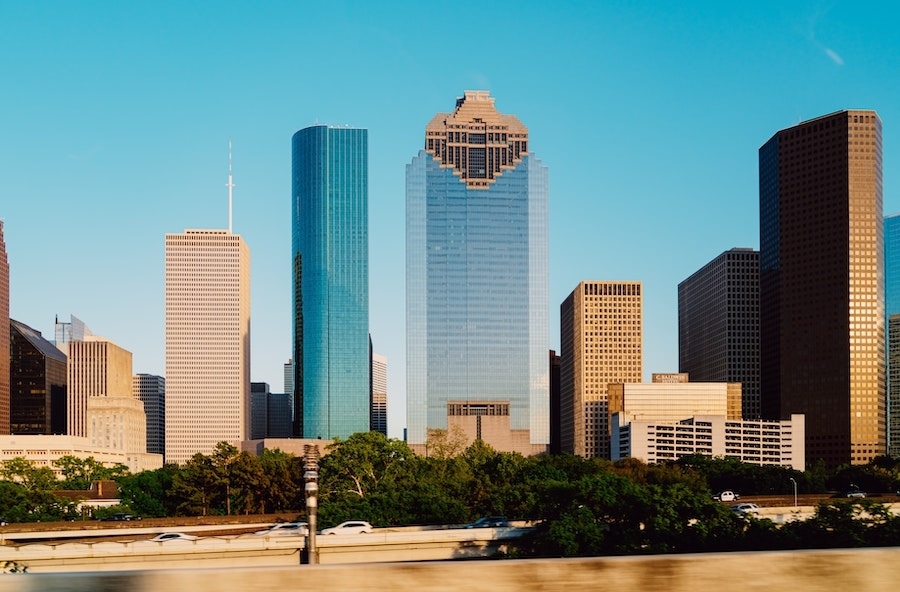What Kind of Office Data Can You Collect from Occupancy Sensors?
Use sensor data to help you optimize building spaces for maximum efficiently

Occupancy sensors are commonly used to manage the number of people in a space and control automated light and climate systems to save on energy costs. More and more commercial office buildings are deploying sensor technology to gain greater insight into how efficiently rooms and facilities are being used, where expansion is necessary, and where consolidation is possible to cut real estate, overhead, and utility costs.
Occupancy sensor systems are driven by robust software platforms that monitor, track and document key occupancy metrics that your Houston, TX business can use to make crucial workplace decisions. Keep reading to explore what kind of data you can collect and analyze from sensor technologies.
SEE ALSO: 3 Best Uses of Occupancy Sensors in Commercial Buildings
Workspace Density
Advanced occupancy sensors can not only tell you when a room is occupied — they can also tell you how many people are in a room or area at any given time. Analyzing density data is the quick and easy way to see if your workspaces are in the Goldilocks zone. Does the data show underutilization, overutilization, or just the right amount?
If your employee workspaces are overutilized, it may be time to consider expanding to improve your employees’ comfort and productivity. If your employee workspaces are underutilized, it may be time to start looking for a smaller office building to reduce wasted space and cut down on overhead and energy costs.
Meeting Space Utilization
One pain point for business owners is ensuring that meeting rooms are being utilized effectively. Meeting rooms are costly assets to build, operate, and maintain. If occupancy data consistently reveals that the average meeting size in the executive boardroom is three people, and the average number of meetings per week is two, you’re hemorrhaging significant real estate and equipment costs.
Calendar integration with occupancy sensor data can also help your business uncover inefficiencies in meeting scheduling and attendance. Are meetings scheduled (and a conference room reserved) that no one shows up for? Are regularly scheduled meetings that reserve conference room space frequently canceled or rescheduled?
Traffic Flow and Peak Utilization
Tracking peak workspace, conference room, and break room utilization can help you determine if you have enough space available when people need it the most. Do you need to provide more workspaces on Tuesdays when most employees are in the office rather than working remotely? Do you need to add a second break room to accommodate high traffic volume in the current lounge? Monitoring traffic flow and peak utilization of common areas and restrooms can also alert you to prime times for cleaning and sanitizing common spaces and restocking supplies.
Commercial automation technologies like occupancy sensors can improve your Houston, TX business in multiple ways. Learn more about our high-tech solutions for businesses by calling (877) 418-ASAP, going to our contact page, or chatting with a customer service associate below.